Adaptive Athletes Show Their Skills at Metal & Muscle Expo
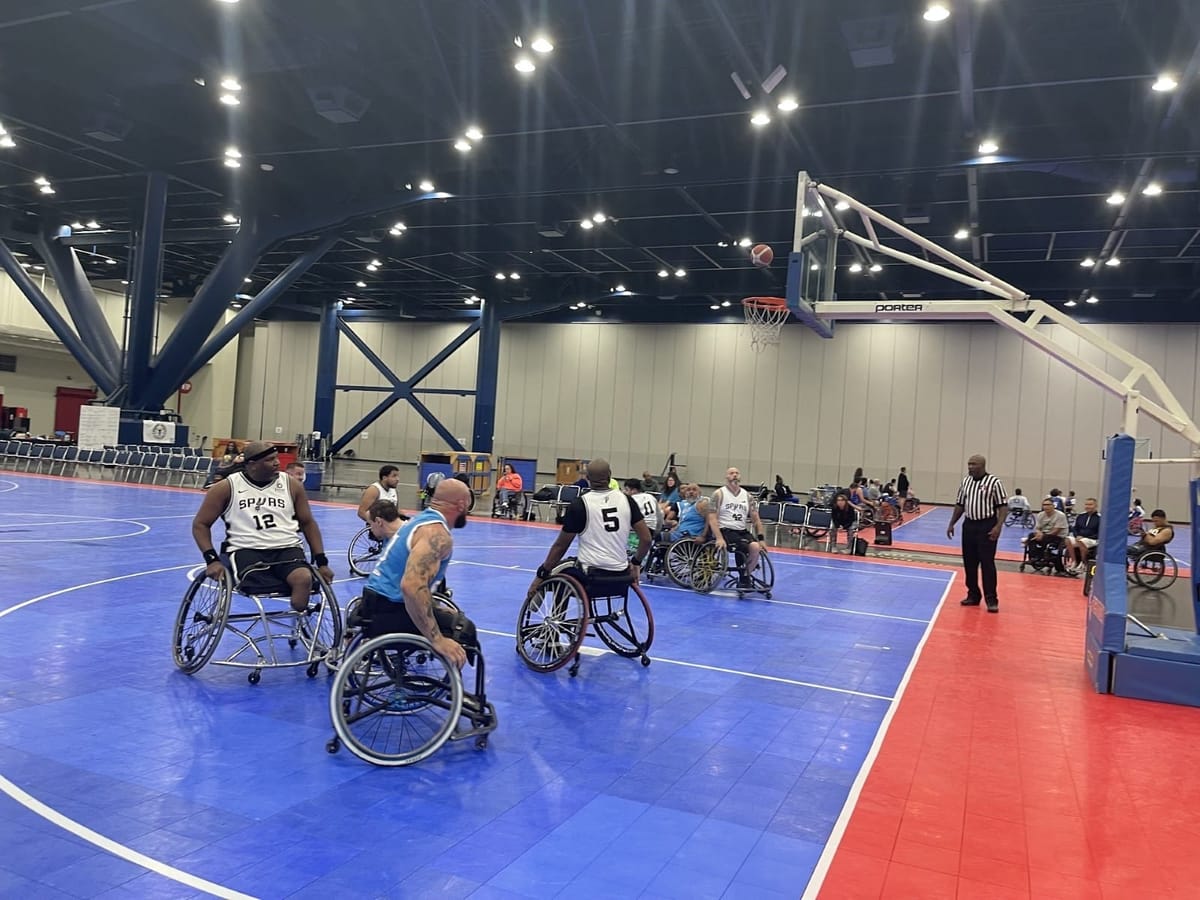
By Houston Christian University student Kirsten Passmore
Clangs and shouts filled the air as I entered the Metal & Muscle Expo. At the George R. Brown from November 3-5, 2023, this competition showcased special needs sports like wheelchair rugby, wheelchair basketball, and power soccer. I was there to represent my power soccer team, the Houston Fireballs, founded by Southwest Houstonian Diane Murrell.
Murrell worked in a neuromuscular clinic, where she noticed that “junior high boys with neuromuscular disease were often transferring into a wheelchair at that age.” She wanted her patients to have a sport that gave them a sense of independence. She chose power soccer, created by teachers for their students during the 1970s.
The Houston Fireballs began when Murrell met Chuck French, who manages the Adaptive Recreation Program for Houston Parks and Recreation. Mr. French had the spare chairs and gym space, and Murrell had the players willing to try power soccer.
Now, she's the team manager.
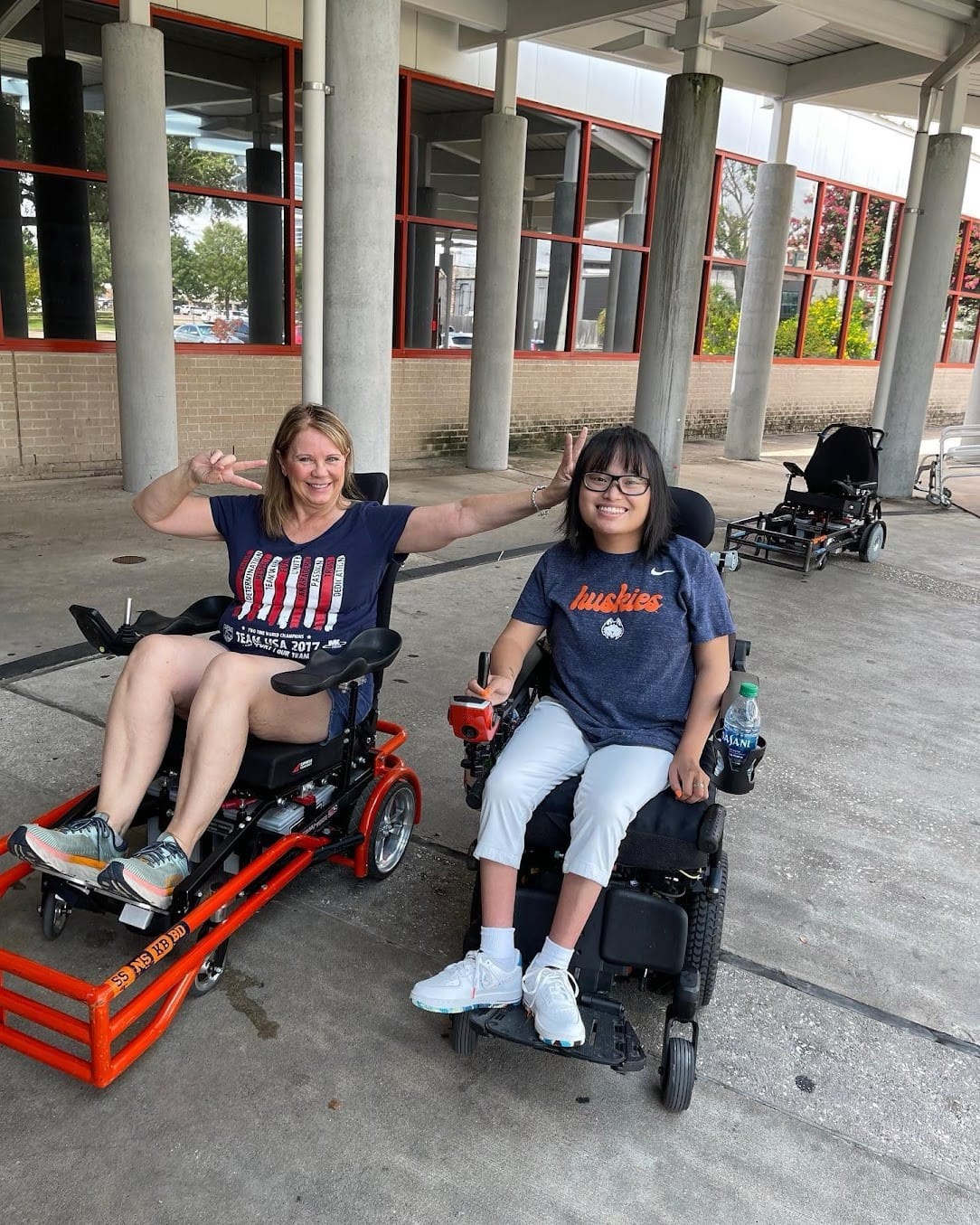
Power Soccer
I like to describe power soccer as a mix of go-karts and bumper cars with an oversized ball. I also get to ride in a chair that goes up to 6.2 mph.
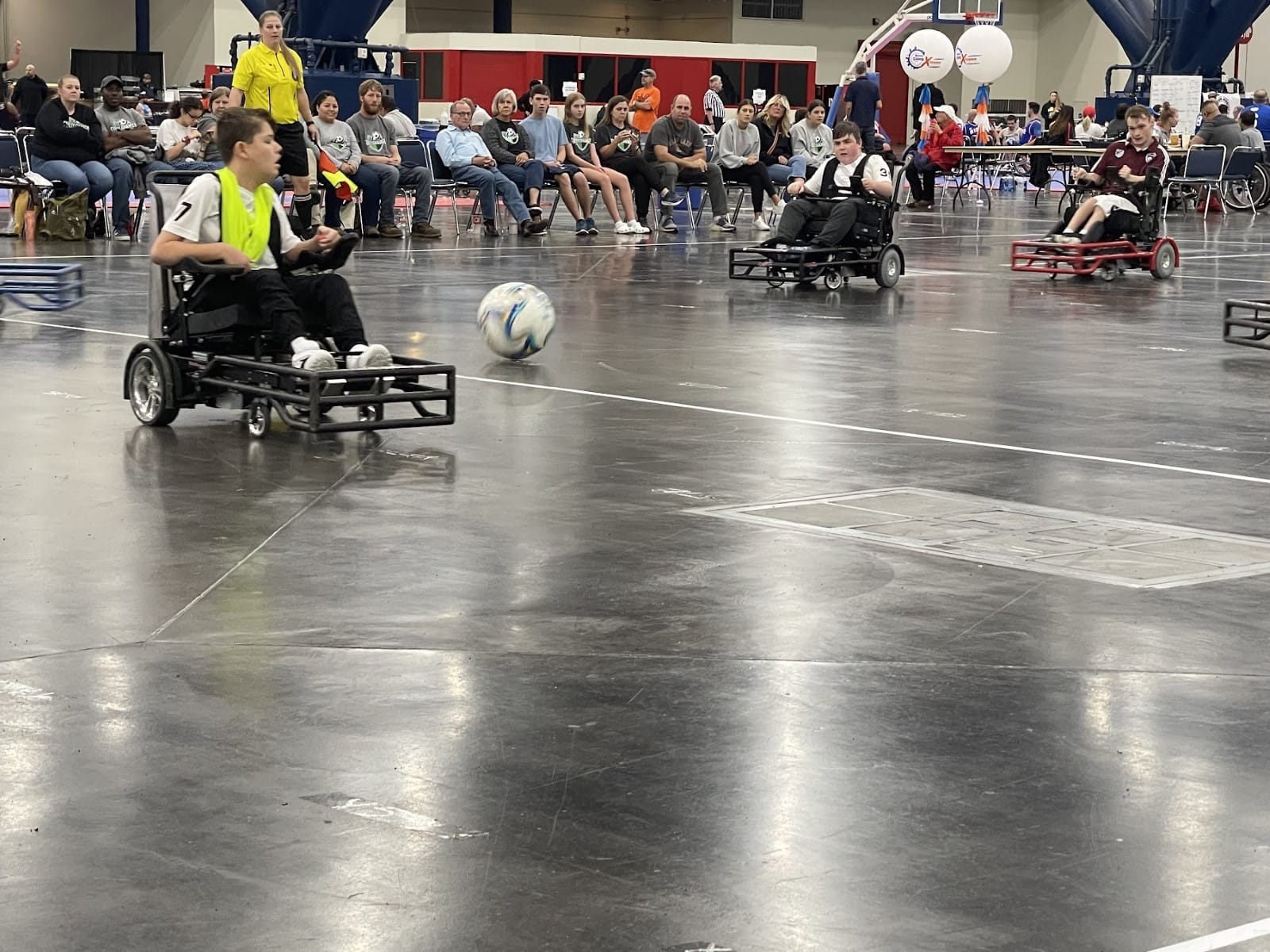
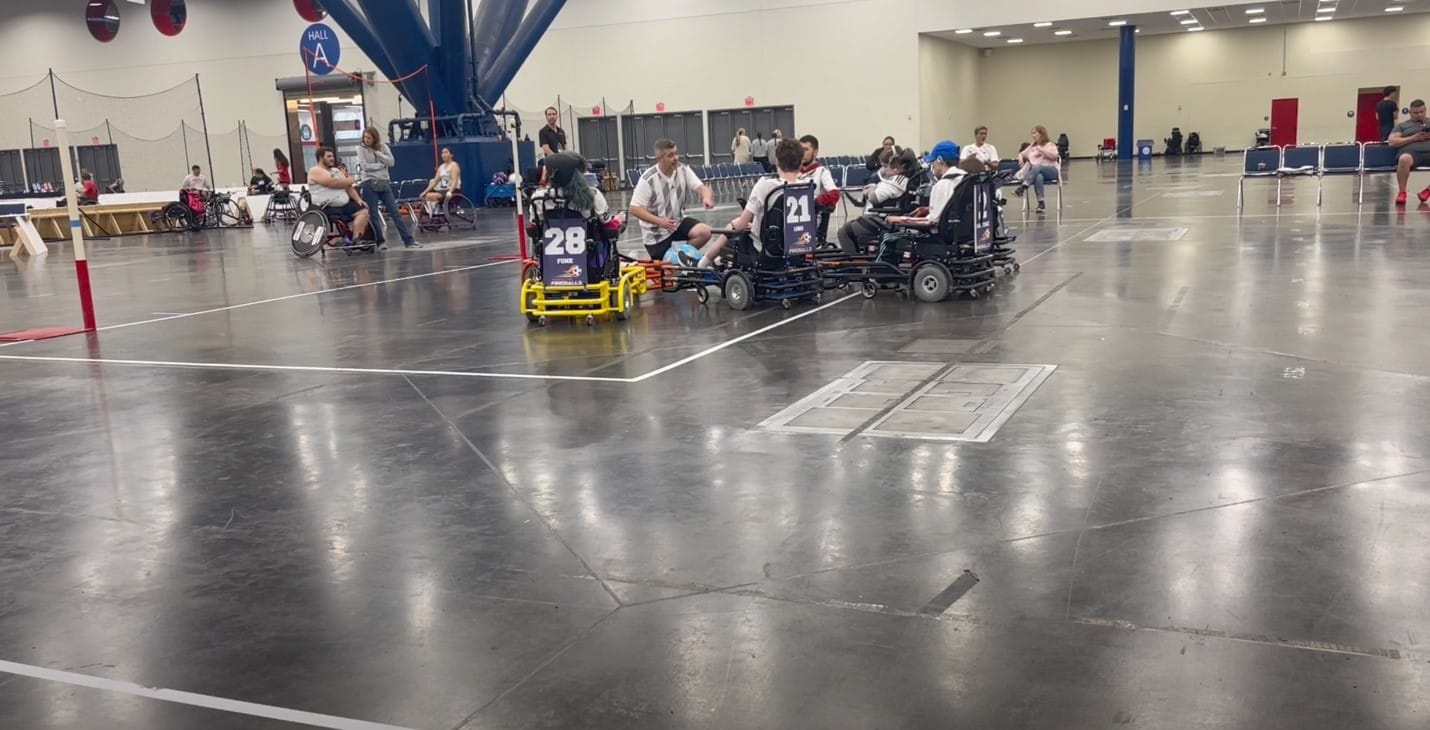
Power soccer at Metal & Muscle. Image Credits: Kirsten Passmore
At Metal & Muscle, my three teammates took left wing, right wing, and center. As goalie, I sat back and braced myself for the kickoff.
In the end, our team placed second after beating North Texas Fully Charged (a Dallas team) and Colorado Rolling Rapids.
But when Dallas faced off against Colorado, I cheered for both sides because both captains are former teammates of mine.
As the ball rolled across the line, the room erupted, both sides shouting encouragement. I recalled when I accidentally let a ball through or could not turn around fast enough to block a play. When making mistakes, it’s important to listen to the wise words of Taylor Swift: “shake it off” and move on to the next play. The game is not over till the clock reaches zero.
Wheelchair Lacrosse
Next to the power soccer court, nets enclosed the wheelchair lacrosse pad to keep the ball from getting lost.
During a break, Alex, a wheelchair lacrosse player, explained the sport as “rolling around hitting people with a big stick.”
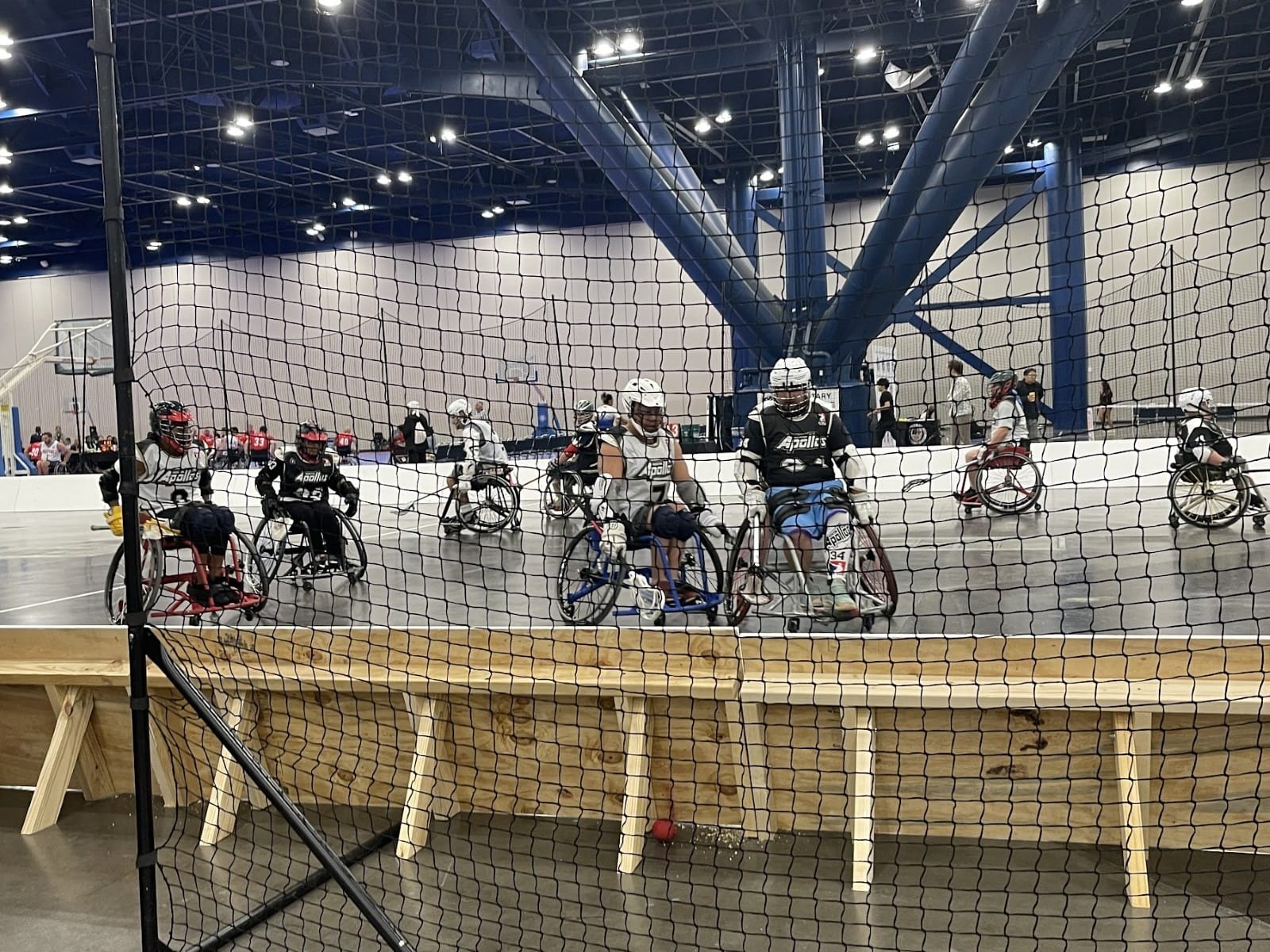
Wheelchair lacrosse follows similar rules to regular lacrosse. Although matches can be as large as seven versus seven, the match at Metal & Muscle was four versus four.
Wheelchair Rugby (Murderball)
Wheelchair rugby, affectionately nicknamed “murderball,” was playing on another court. Shoving past the competition, athletes carried the ball in their laps, hoping to wheel or throw it into the other goal.
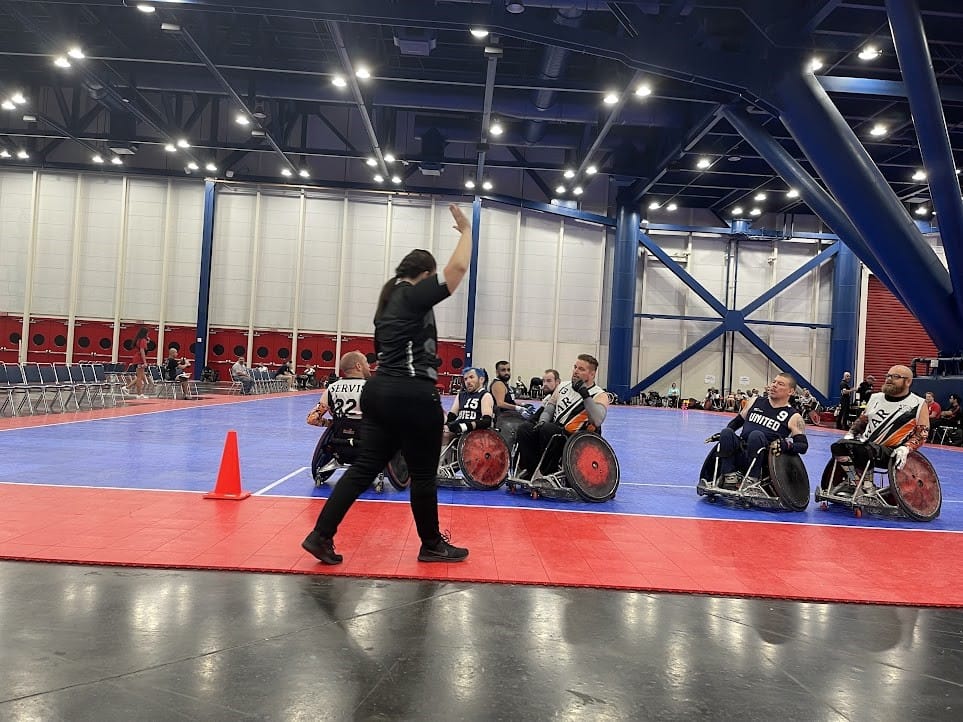
Watching from the sidelines, I interviewed Troy McGuirk, who competed in wheelchair rugby at Sydney’s 2000 Paralympic games. McGuirk broke his neck in 1991 and first experienced wheelchair rugby at rehab. For him, “wheelchair sports was life after death.”
He described the sport as “demolition derby…with the point of getting the ball across the key.”
Wheelchair Basketball
Wheelchair basketball player Brent Key says his sport is “just like regular basketball,” but with adaptive rules. He says the most complicated part of the sport is “controlling the ball and my chair at the same time.” He has even fallen out of his chair during a game, but he can push himself back into his seat with the help of another person’s chair.
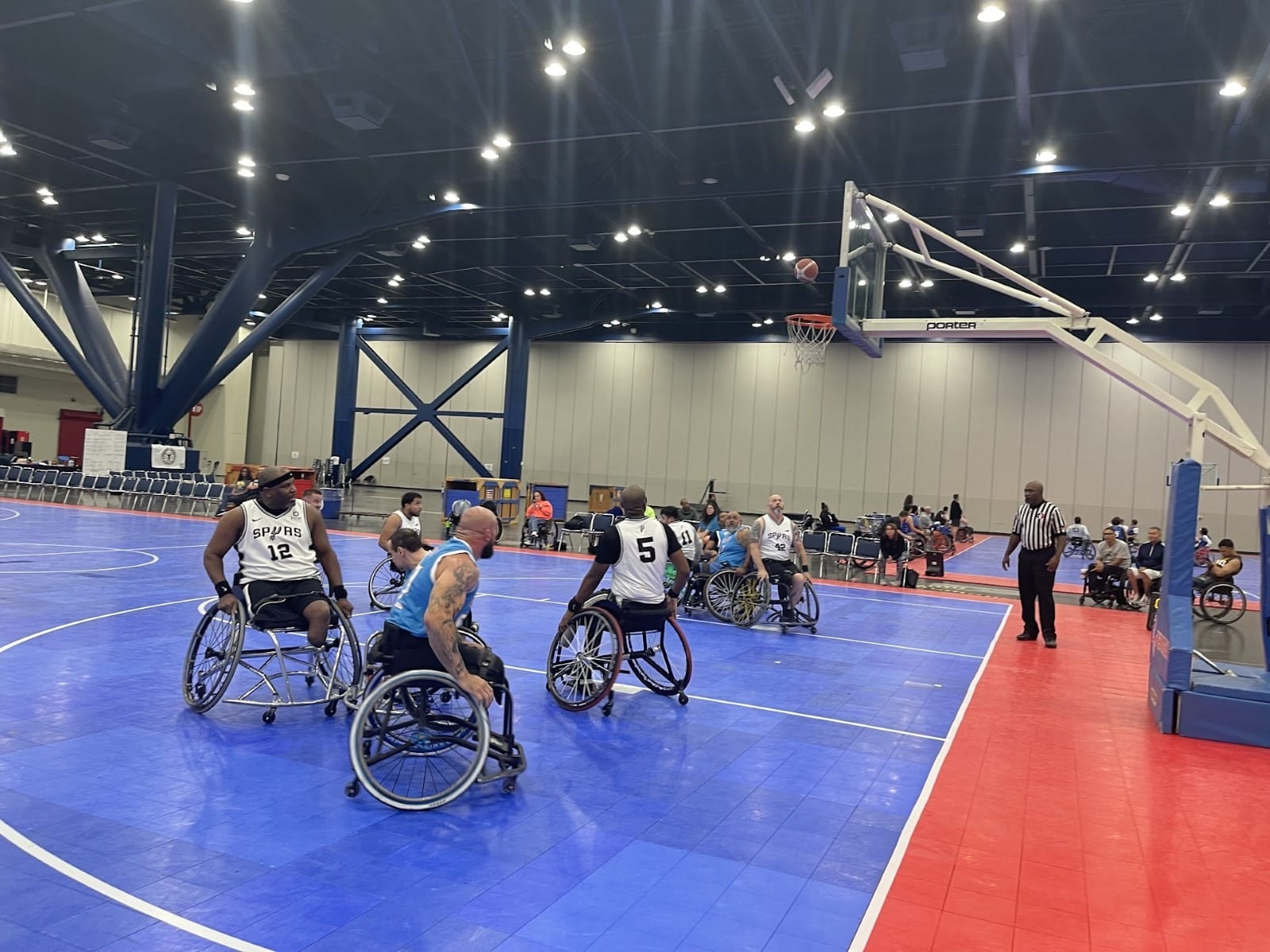
The Best Part
At Metal & Muscle, adaptive athletes displayed sportsmanship, teamwork, and dedication. Even though I did not go home with first place, my favorite part of the Expo was witnessing people of all abilities enjoy sports together.
Author
Kirsten Passmore
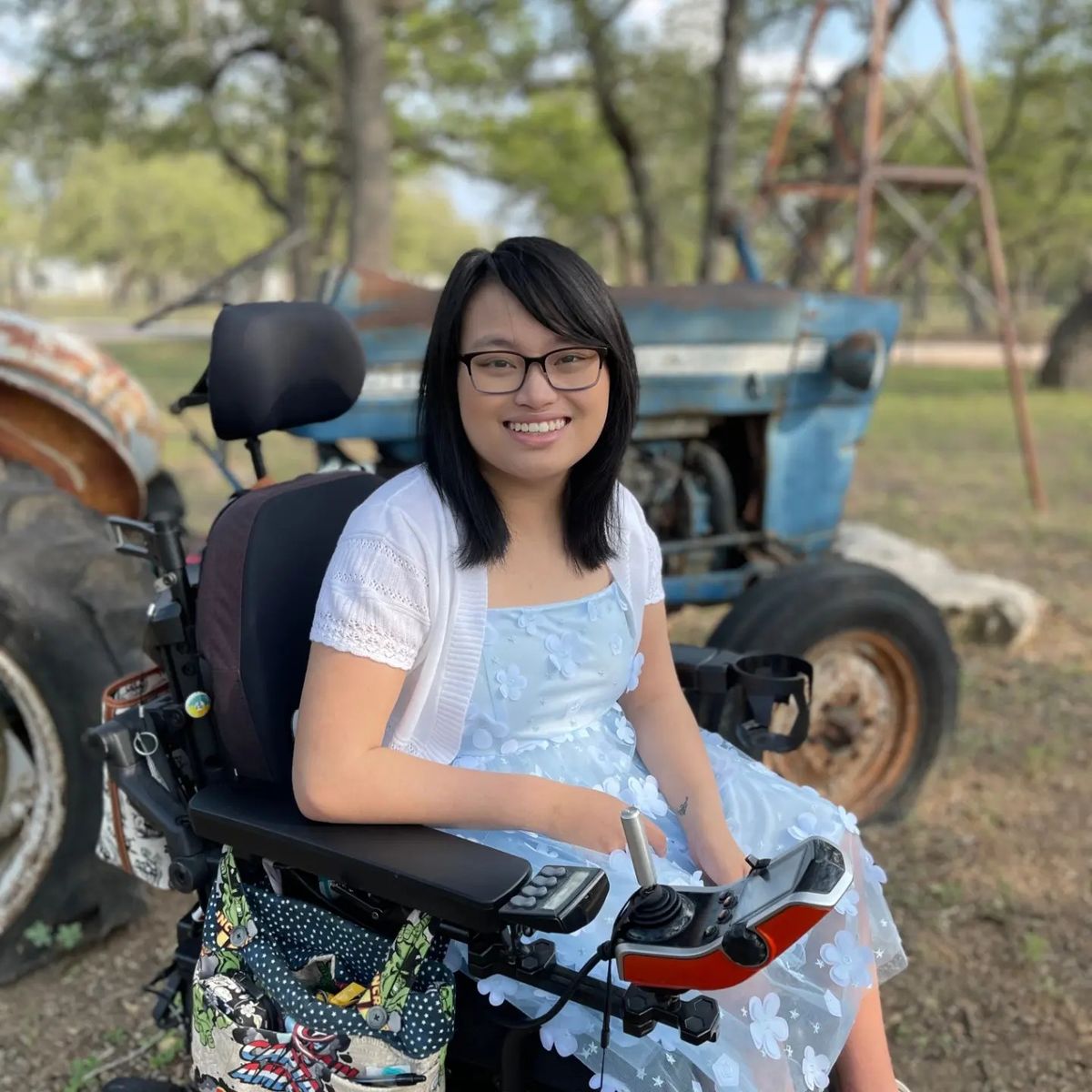
Note from the editor: This isn't a usual Sharpener article. Normally, we try to publish about things that happen in Sharpstown or very close by. But since Kirsten attends HCU and Murrell lives in Southwest Houston, the Metal & Muscle Expo still has a connection to our area (and Kirsten was excited to write about it). Normally, though, we'll stick to news that's more local.

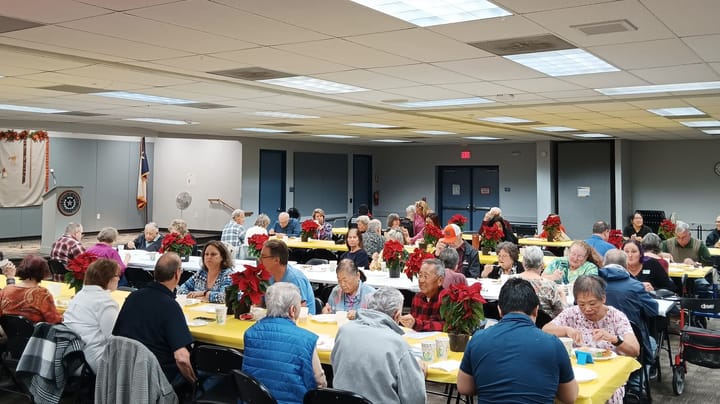
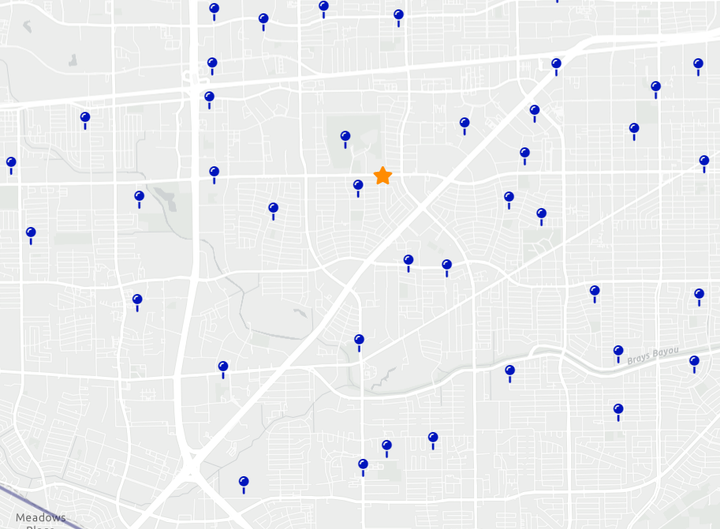
Comments ()